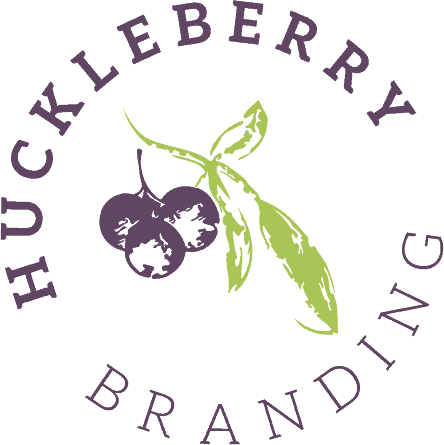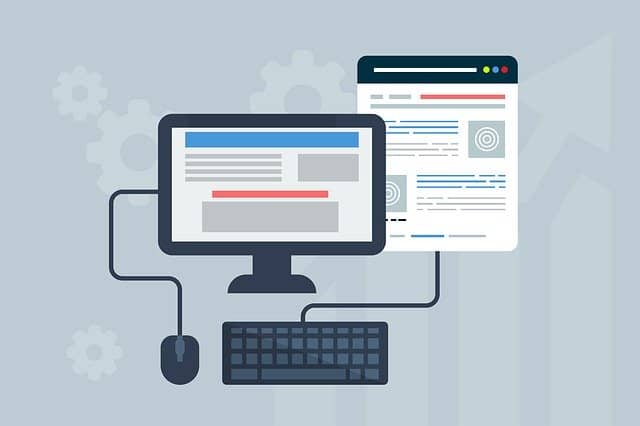Your website isn’t just a place where people can go to learn about your company. It’s a digital storefront, and the impression people get from your website will shape what they think of your company as a whole.
If you neglect your website, people will naturally believe you’ll neglect them too.
Yet, managing and designing a website that makes a positive impact on your audience can seem impossible. There are new website design elements to worry about every year, redefining what makes a good website.
You need to stay updated on the entire industry, and you need an eye for design. Good web design means thinking about the ways colors interact with each other while maintaining a solid understanding of design principles. It also means considering your audience’s online behavior, and what they want out of you.
Want to stay ahead and learn about how web design elements and trends may change in 2020? Keep reading below!
1. Be Bold
Companies want to make an impact on the world, and especially on their audiences. There is no room for meekness in any market, and weak web design will cost your company traffic and revenue. When you start making a website, you should design it to be immersive and bold, literally.
Many websites are adopting bold typefaces as part of their content and inbound marketing pages. Blog headlines are being written in large, impactful letters that can take up an entire screen. Their colors usually clash with their background images, so people naturally pay attention to what they have to say.
The sheer directness of bold typefaces makes an impact on the website’s audience. It convinces people that your company has something important to say and that people should listen.
Bold Typeface Has Been Around for a While, But Not Like This
You may feel like you’ve read that bold typeface is important before, and it’s true. Many web design trends in the past included brash and bold typeface to emphasize important sections of text. Yet, this new wave of bold typeface designs is different.
Entire webpages may be dedicated to a simple headline, written in a bold Sans or rounded typeface. The text’s design may follow a brand’s softer appearance, or it may be sans-softness and work to seize the audience’s attention.
Yet, the design doesn’t just stop at the headline. Quotable sections of text may be highlighted in bold typeface throughout an article. Subheaders can also follow the same design as the main headline.
2. Get Off the Grid and Embrace Asymmetry
When web design first began as a legitimate industry, entire web pages were displayed on a grid. Designers had to place ‘div’ elements on a preset grid, and everything had to be organized according to it. And while the grid helped make information easier to organize, it crippled designers’ creative spirits.
Now, the internet is going off the grid and websites are embracing asymmetrical design elements. Online photography portfolios are displayed according to images’ dimensions, instead of how they fit into a grid square. Some elements may span three and a half images, while others may take up almost no space at all.
This kind of design makes browsing digital content fluid and engaging. It makes the website less of a platform for content and more like an experience in itself. It’s only a matter of time before bloggers, businesses, and other people start redesigning their websites like this, too.
3. Website Design Elements Will Adapt to New Platforms
Adaptive web design has been fundamental ever since smartphones first hit the market. It didn’t take long for web designers to realize that their websites appeared differently on a mobile screen than a desktop. And it didn’t take long for web designers to get to work fixing it.
Now, most websites are designed differently for mobile platforms, tablets, and desktops. While they maintain the same color scheme and basic design elements, their dimensions are changed to better suit the platforms they’re displayed on. Making those simple changes can make a website appear more professional and user-friendly.
Adaptive Design Affects More Than Your Website’s Impression
Including adaptive web design elements in your overall design philosophy isn’t just good practice. It directly impacts your website’s performance on search engines, and beyond. Google’s algorithm raises the search ranking of adaptive websites over static ones.
With a better SEO ranking, you can attract more people to your website. Basically, the higher up you are on Google, the more traffic you will get. So you should always try to conform to Google’s expectations and make the best website possible!
4. Minimalism is Still Leading Design
Minimalist philosophies dominated the web design world for years, and that won’t change in 2020. Websites are still made to have only what they need, working in harmony to provide enriching experiences. Yet, 2020 may be the year when minimalist designers take things to the next level.
Homepages are being designed with hidden navigations, to elevate users’ experiences of the homepage’s contents. Websites’ color palettes now include faded, washed-out colors that blend together into an almost-homogenous palette. The theory is that the website’s colors should follow a common theme.
They should change as webpages change, yet affirm that users are still on the same website. It’s an advanced kind of minimalism that may take over web design in 2020.
Every Year is Different in the Web Design World
There aren’t many other industries that change as much as the web design industry changes. Staying ahead of new website design elements can challenge anyone, and especially company leaders. They simply don’t have the time to stay updated on the industry, and much less to redesign their website according to its changes.
Yet, having a good website is fundamental to any company’s digital marketing strategy. Without an impactful and creative website, companies may inadvertently drive people away.
You need people who know what they’re doing when it comes to designing your website. And for that, we’re here. Contact us if you need to get ready for the changes coming in 2020, and we’ll help you stay ahead of the industry!


